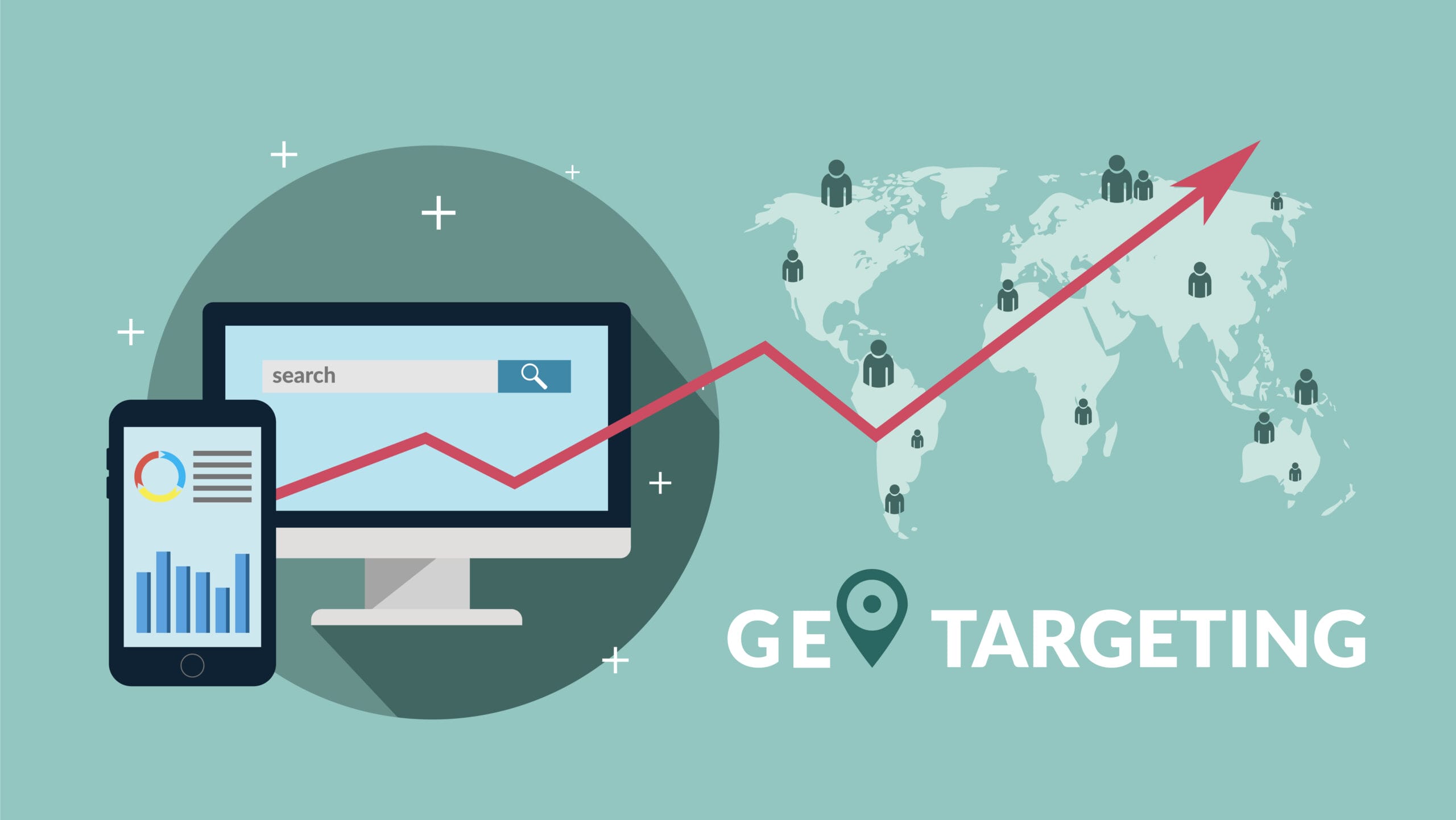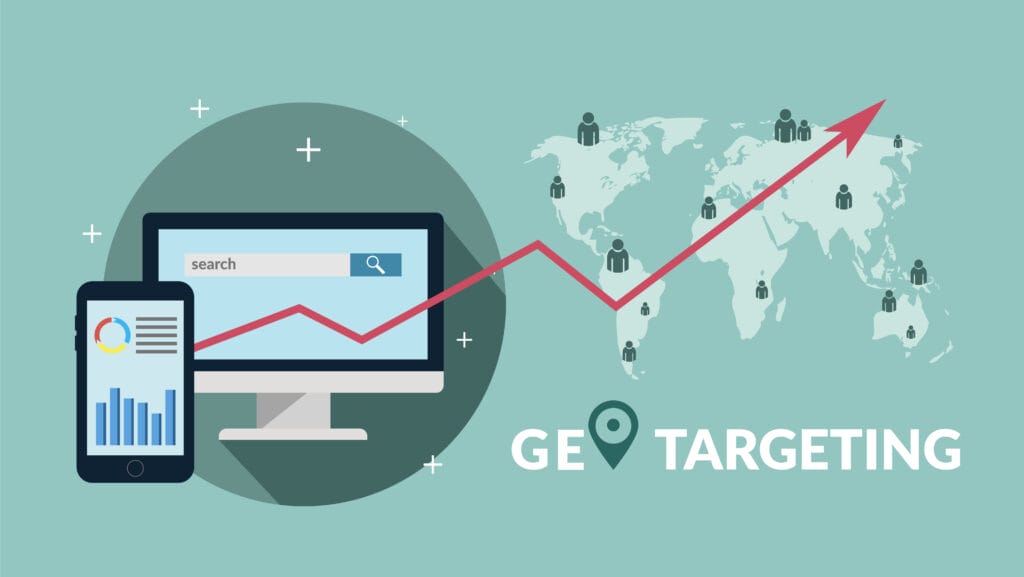Geotargeting has evolved significantly over the past decade, becoming a crucial tool in digital marketing to help businesses target their ideal audiences and increase web traffic.
Organizations worldwide, including major retailers like Target and Walmart, leverage geotargeting in their pay-per-click (PPC) advertising strategies to enhance their marketing efforts and generate new customer leads. This article will discuss what geotargeting entails, its implications for your company, and steps to deploy an effective geotargeting strategy.
What is Geotargeting?
Geotargeting is a technique used in paid search campaigns that allows advertisers to target specific geographical locations. This method helps businesses target users based on various characteristics and demographics, providing a tailored online experience and minimizing ineffective expenditures on irrelevant clicks.
What Role Does Geotargeting Play in PPC Marketing?
Consider a scenario where you have a flat tire. Rather than showing you the leading tire supplier nationwide, geotargeted ads will guide you to nearby tire shops. This strategy not only supports local business growth but also offers immediate solutions to consumers.
Geotargeting proves particularly beneficial for B2C companies as it enhances visibility to nearby consumers through improved local search capabilities on platforms like Google Maps, thereby increasing brand exposure and business opportunities.
For B2B firms, geotargeting is useful for focusing advertising efforts on urban business hubs, thus optimizing marketing budgets by avoiding areas with little to no business relevance. For companies in the Software as a Service (SaaS) sector, targeting broader regions like entire countries may be more effective than focusing on specific locales.
Advantages of Geotargeted Advertising
Geotargeted advertising is pivotal for a robust PPC campaign due to several benefits:
- Personalized Advertising: According to a report by McKinsey on personalization, 76% of consumers are more inclined to buy from brands that personalize. Geotargeting enables businesses to connect deeply with specific demographics, leading to higher engagement rates, reduced costs per click, and improved ad rankings.
- Cost Efficiency: PPC can be costly if your ads reach the wrong audience. Geotargeting helps control expenses by ensuring your ads only appear to relevant audiences, reducing wasted budget.
- Map Integration: Geotargeting enhances your visibility on digital map services, making your business a viable option when users search on platforms like Google Maps and Yelp.
How to Set Up Geotargeted Advertising in Google Ads
To incorporate geotargeting into your PPC campaigns, follow these steps:
1. Determine Your Budget and Audience: Start by setting financial limits and identifying your target demographic. Consider factors like occupation, age, lifestyle, and online activity patterns to fine-tune your audience targeting.
2. Select Appropriate Locations: Analyze your data to identify which regions perform best for your business and target those to maximize returns.
3. Leverage Google Ads Targeting Tools: Use advanced targeting options in Google Ads to refine your focus to specific locations and demographics.
4. Customize Your Ads: Tailor your advertising material to reflect local cultures and preferences to resonate better with the target audience.
5. Monitor and Optimize: Continually track the performance of your geotargeted campaigns and adjust as needed to ensure optimal performance.
How to Integrate Geotargeting Across All Marketing Channels
Geotargeting complements various marketing strategies, including email, social media, and SEO. When combined, these channels enhance overall traffic and visibility of high-value content, broadening the impact of promotional campaigns.
Best Practices for Geotargeted Advertising
Start Simple
Begin with geotargeting in regions with the highest engagement and expand as you gather more insights.
Localize Your Content
For international markets, localize your advertising content to connect better with local audiences.
Segment Your Audience
Define up to five key attributes of your target demographic to improve the effectiveness of your campaigns.
Conclusion
Effective geotargeting is indispensable for optimizing PPC campaigns, maximizing your budget, and ensuring that your ads reach the most appropriate audience. By implementing these strategies, businesses can enhance their marketing efforts, achieving better engagement and higher conversion rates.





